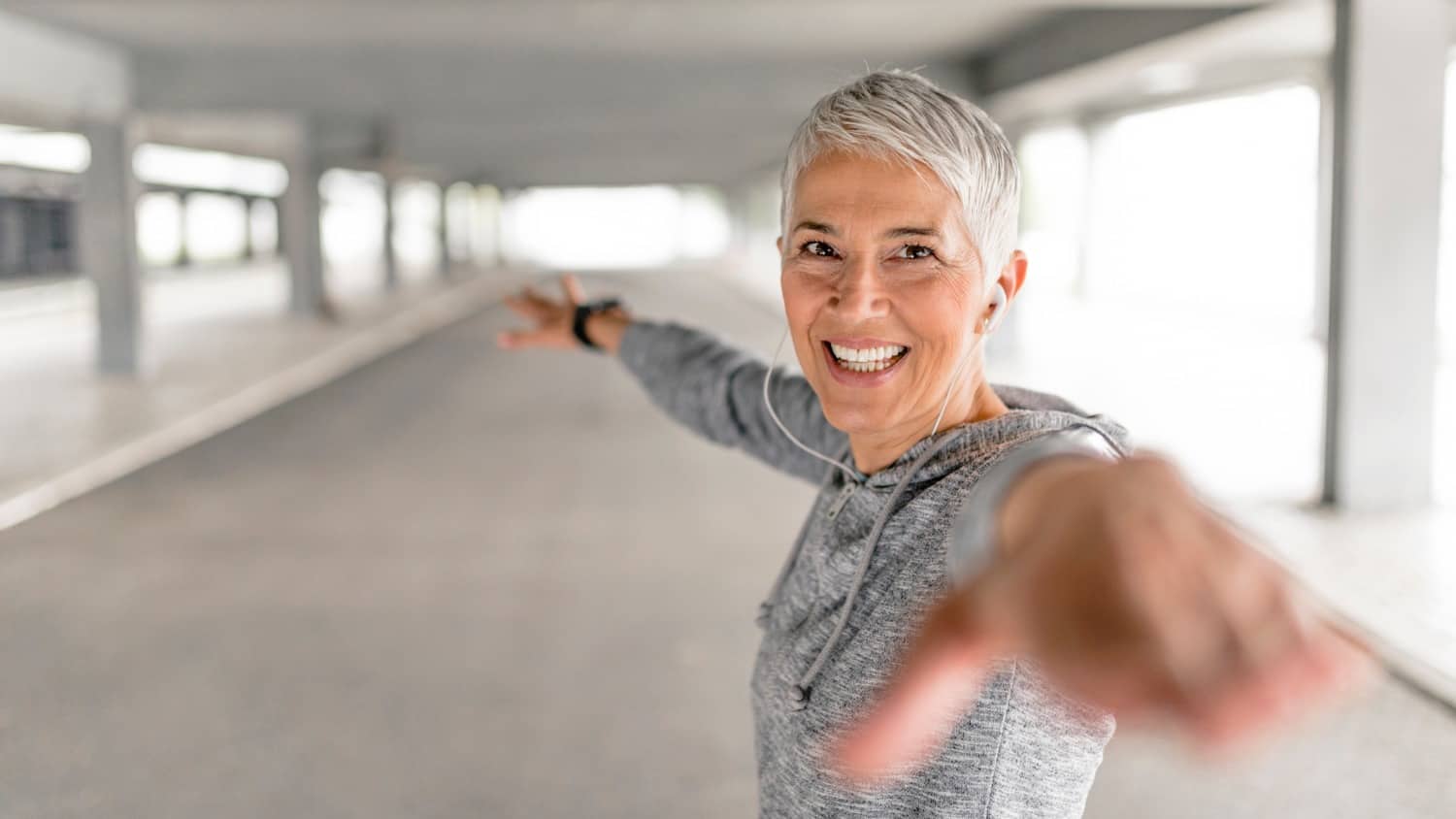
What Does Walking with Confidence Have to Do with Your Ankle Flexors? (VIDEO)
This is my third blog in a series of specific functional exercises to support physical independence. As we all navigate different levels of returning to normal activities, I hope you’ve been able to get out and engage in more physical activity to support your well-being.
Leg and Arm Strength
In the first blog in this series, I explained the Elevator exercise for leg strength.
The second article focused on the Biceps Curl exercise for arm strength.
This blog spotlights muscles you may not even think about that help you walk with better balance and confidence.
Small Muscle Groups
You may be surprised to learn that even a small muscle group – like ankle flexors – can impact your ability to walk with confidence. Studies have shown that low ankle strength is a strong predictor of falls.
Strong Walking Pattern
To understand why that is, let’s break down the key elements of a good walking pattern. First, maintaining good posture is important, with eyes looking forward rather than down.
Looking down places the head forward rather than directly over your center of gravity which makes it much easier to fall forward in the event of a stumble.
Second, a strong walking pattern requires a strong ankle flexion and heel strike directly forward (i.e., you could walk along a board). You also need to be able to transfer weight from one foot to the other which requires a moment of balancing on one foot as you bring the other foot forward.
So, in summary:
- Good posture, eyes forward
- Strong ankle flexion and heel strike
- Easily transfer weight from one foot to the other
- Forward movement – you could walk along a wide board
Abnormal Walking Patterns
To assess fall risks, researchers examine stride-length (how far apart your feet land front to back), stride-width (how far apart your feet land side to side), the amount of time spent on two feet versus one foot, and posture/alignment.
So, consider what happens when just one element – ankle flexion – breaks down. If you’re unable to strongly flex your ankle for a forward moving heel strike, you’ll land more flat-footed, which requires you to shorten your stride length and open stride width.
This results in abnormally small steps and creates a more side-to-side movement. In addition, these changes can result in “shuffling” the feet (rather than transferring weight from one to another) and looking down rather than forward. The resulting walking pattern significantly increases your risk of falls.
Take Note and Take Action
Becoming aware of each element of your own walking pattern can help you identify potential problems. One way to tune in to walking patterns in general is to just sit somewhere and observe people walking.
There are endless variations in how people walk, but you’ll quickly start to see when the variations pose problems.
Also, consider if you have had any type of lower body injury that may have changed your walking pattern.
Often, people don’t get enough physical therapy after an injury or surgery to ensure all elements are working properly and end up with an altered walking pattern. If that’s the case with you, intervene – reclaim a strong walking pattern!
As a preventive measure, practice flexing your ankles while sitting watching TV and take time to stretch the back of your lower legs to make ankle flexion easier. Become aware of your posture – not just while walking but also while standing and sitting.
If you have family or friends who aren’t connected to the Internet to enjoy the content provided by Sixty and Me and other sites, please feel free to print the “written” version of the Heel Pressexercise to share with them.
Heel Press Exercise
Stand in an upright posture with your left side to a chair and your hand resting on the chair’s back. Keeping your knees slightly bent, strongly flex your right ankle while pressing the right heel forward.
Bring your foot back, stepping on it next to the left one. Be aware of the moment you are balancing on one foot as you transfer your weight. Repeat with the opposite foot and continue alternating right and left heel presses forward 20 times. You can also do ankle flexes seated.
*Follow your physician’s advice for any exercise you do.
Important Resources
The Walk with Confidence video below describes and demonstrates a strong walking pattern. Be sure to look straight forward, not down, and if you like, use a railing or wall for support.
If you’re experiencing significant issues with balance, please see a physical therapist to identify and address your specific needs. It would be a great investment in your long-term independence!
Visit www.brilliantaging.com for more printable resources and healthy aging support.
Have you ever thought about your walking pattern? Have you noticed any changes in your walking pattern? Do you need to intervene after a lower body injury or surgery has changed your walking pattern? Please share what you do to improve your walking confidence!
Tags Fitness Over 60






